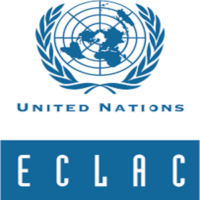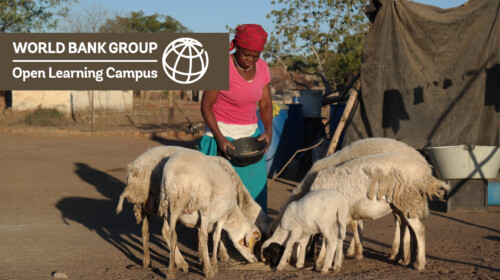The coronavirus pandemic is one of the largest disasters that humanity has had to face in recent decades. This event joins the disasters that have been increasingly recurring as a result of climate change. This presents an enormous challenge for countries to achieve development by mitigating the vulnerabilities that make these threats a disaster. In this course you will learn the importance of planning for disaster risk management as well as how to apply ECLAC's Damage and Loss Assessment (DALA) methodology to assess the impacts that this type of event generates, as a fundamental step to a resilient recovery. In this new version, the first Spanish on on-line, a module dedicated to evaluating the impact of epidemics as a biological disaster has been incorporated.
Download SyllabusTarget Audience
The course is aimed primarily at government officials from the ministries of planning, public works, and national emergency offices responsible for developing and implementing disaster risk reduction strategies.
Learning Objectives
Understand the role of planning in disaster risk management, with a special review of epidemics as a biological disaster and learn to apply the ECLAC methodology for Damage and Loss Assessment (DALA) in the event of a disaster.








